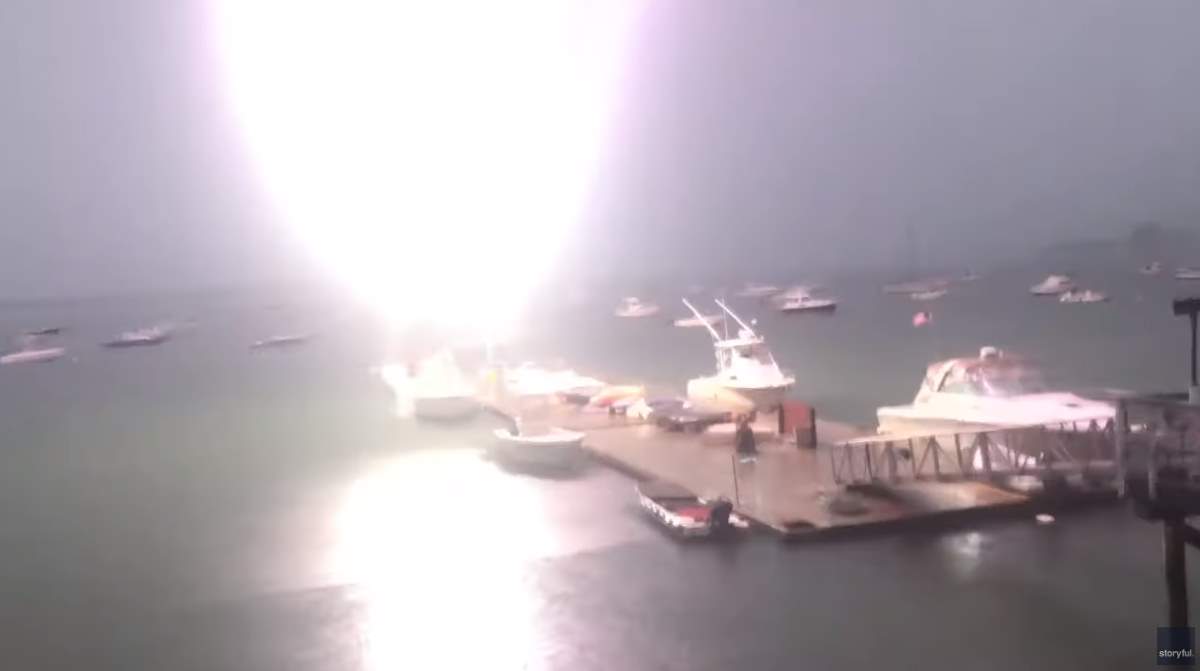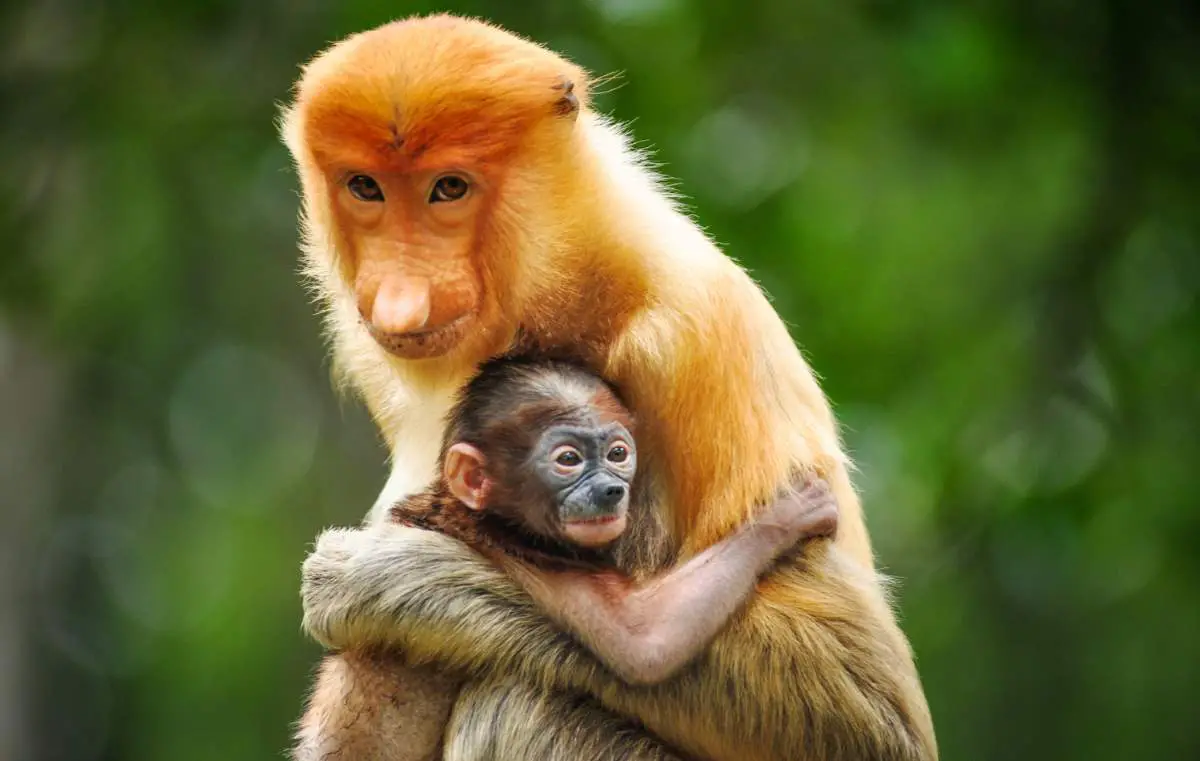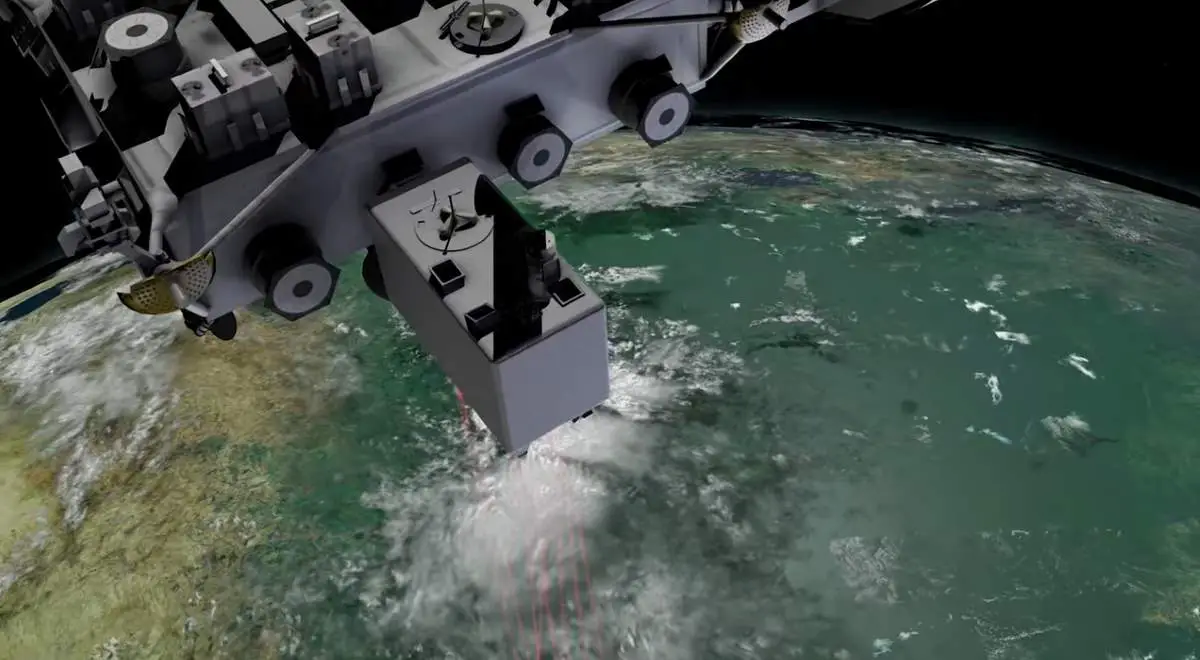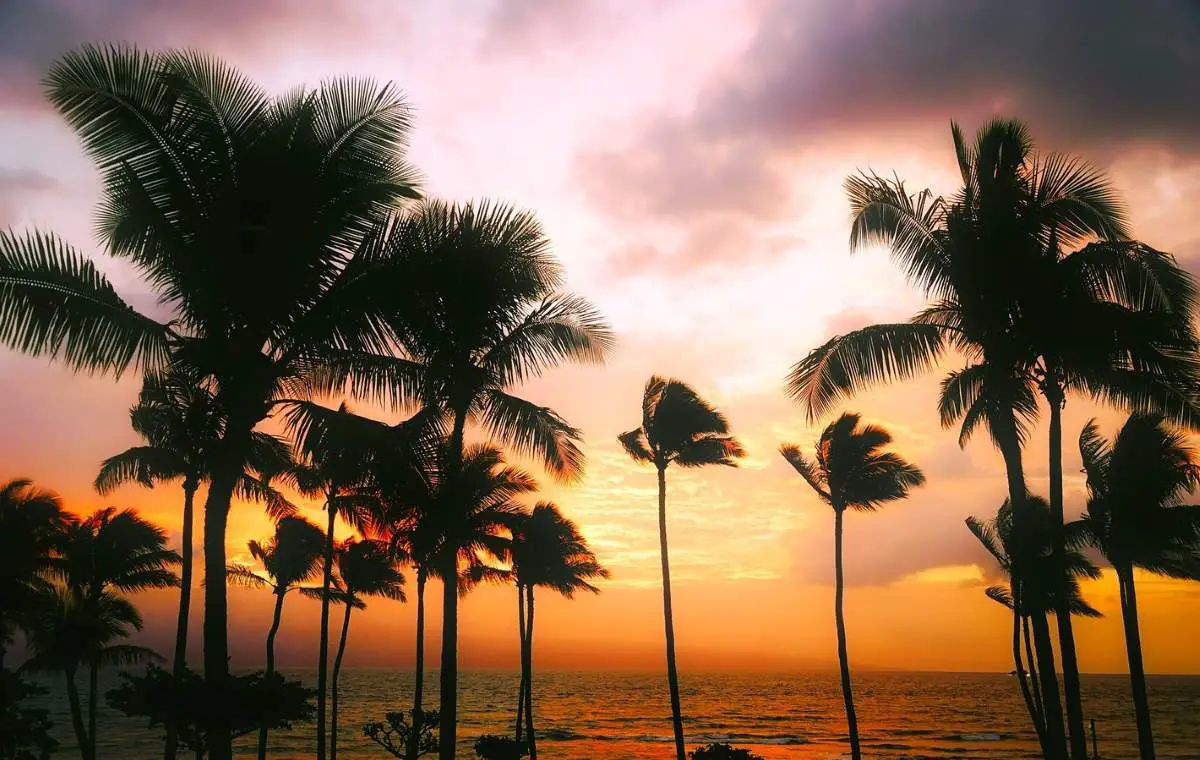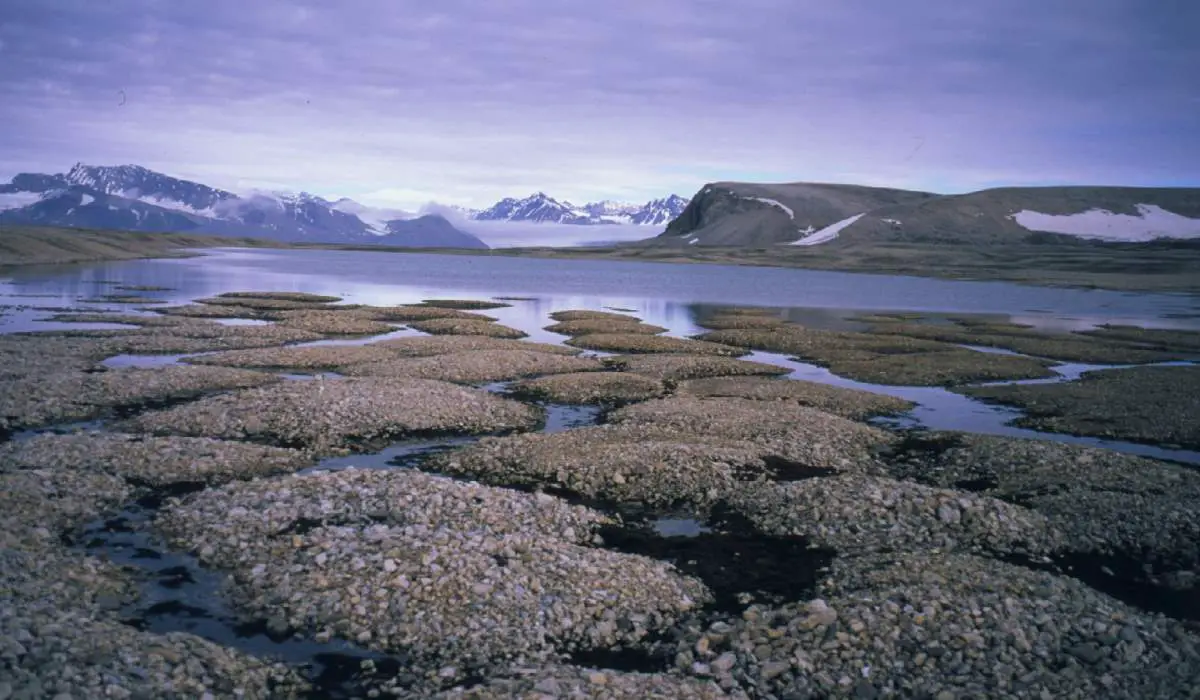Now we’re living on a warm, hospitable planet. As Carl Sagan has said “That’s home. That’s us. On it everyone you love, everyone you know, everyone you ever heard of, every human being who ever was, lived out their lives.” We, humans, are the unquestionable rulers of our little oasis in a hostile universe. But …
Category Archives: Climate
Massive forest restoration may help to slow global warming
According to a new study published in Science, a massive forest restoration at a global scale could help capture atmospheric carbon and mitigate global warming.
Lightning Hits Sailboat in Boston Harbor in this amazing video
On July 6, 2019, Saturday, a bolt of lightning struck a sailboat at the Columbia Yacht Club in Boston, Massachusetts, United States. The event has been recorded by a passerby.
Why Environmental Damage Is Also Harming Our Veterans
Typically, environmental causes are associated with left-leaning politics, and pro-military action is publicly associated with the right. However, a large number of veterans are liberals or are willing to embrace bipartisanship when it comes to sustainability. Thus, some veterans are speaking up about environmental damage.
UN report warns one million species at risk of extinction
We, humans, are destroying the Earth’s wilderness, very fast. Actually, we are the main (and probably the only) cause of the sixth major extinction event in the history of our planet. Now, a recent UN report says at least one million species (animals, plants, and insects) are at the risk of extinction. There will be …
Continue reading “UN report warns one million species at risk of extinction”
GEDI: NASA’s Laser Mission to Measure Trees
NASA’s Global Ecosystem Dynamics Investigation (GEDI) on the International Space Station (ISS) beams laser light down to Earth to reveal the height and density of trees and vegetation.
Did European Colonisation precipitate the Little Ice Age?
Many of us think that rapid environmental change is a quintessentially modern crisis. Today, temperatures are soaring, topsoil is washing away, phosphorous is being diluted, forests are retreating, pesticides are sterilising farmland, fertilisers are choking waterways, and biodiversity is plummeting under the onslaught of overpopulated, industrialised societies. Some of these changes are indeed truly new. …
Continue reading “Did European Colonisation precipitate the Little Ice Age?”
We are pumping 10 times more carbon into the atmosphere than when there were palm trees in the Arctic
Around 55.5 million years ago, there was a time period with more than 5°C – 8 °C warmer global average temperature than today, which named “Paleocene-Eocene Thermal Maximum” (PETM). As a result, there were crocodiles and even crocodiles in the Arctic and the region was completely ice-free. Now, a new study suggests that if we …
NASA Explorers: Permafrost (video)
In this episode of NASA Explorers (Season 1 Episode 7), the scientists go back in time – by going underground. In the Arctic, a frozen layer of soil – permafrost, the “permanently” frozen earth – trapped dead plants and animals for thousands of years. As the climate warms, that soil is beginning to thaw, releasing …
Snow cover of Earth between Mar. 2000 and Dec. 2018
Here is a quick summary of the Earth’s snow cover between March 2000 and December 2018. These snow cover maps are made from observations collected by the Moderate Resolution Imaging Spectroradiometer (MODIS) on NASA’s Terra satellite.


